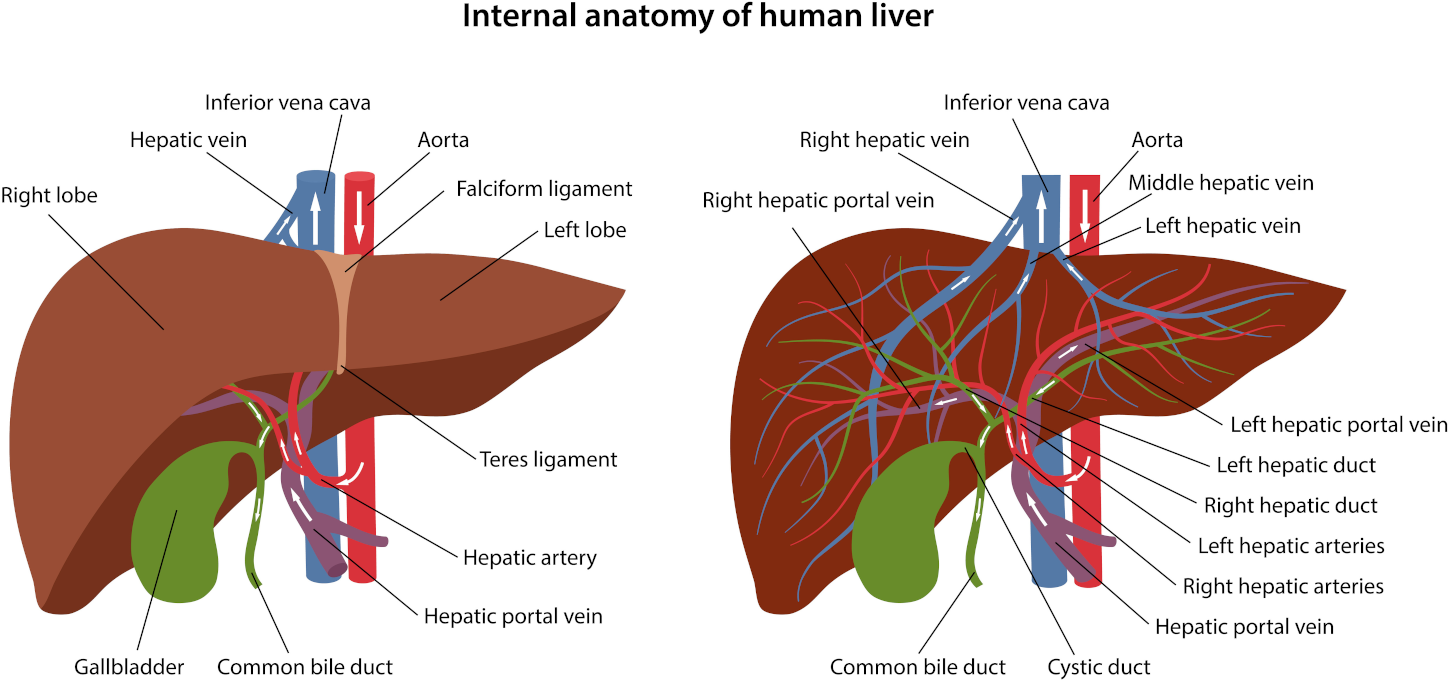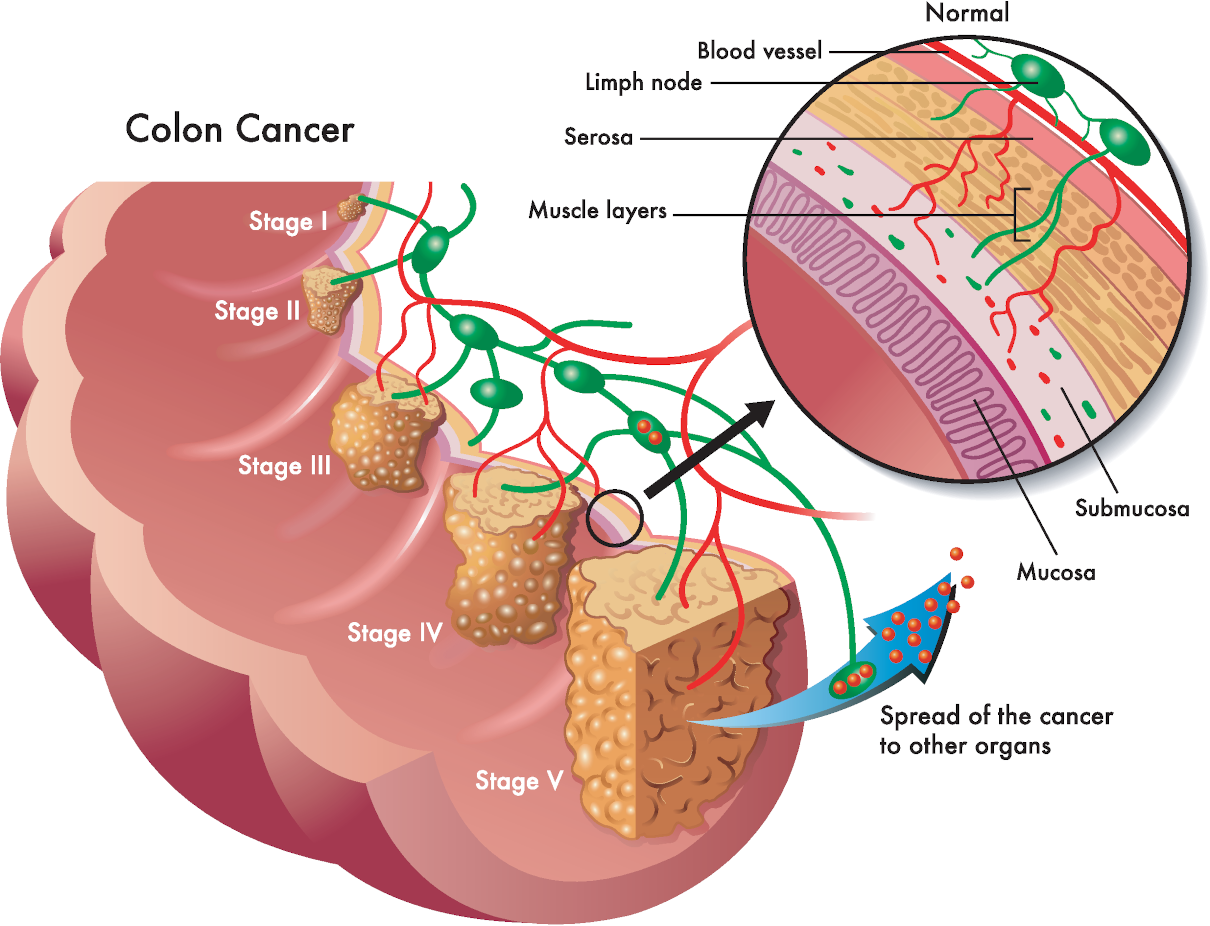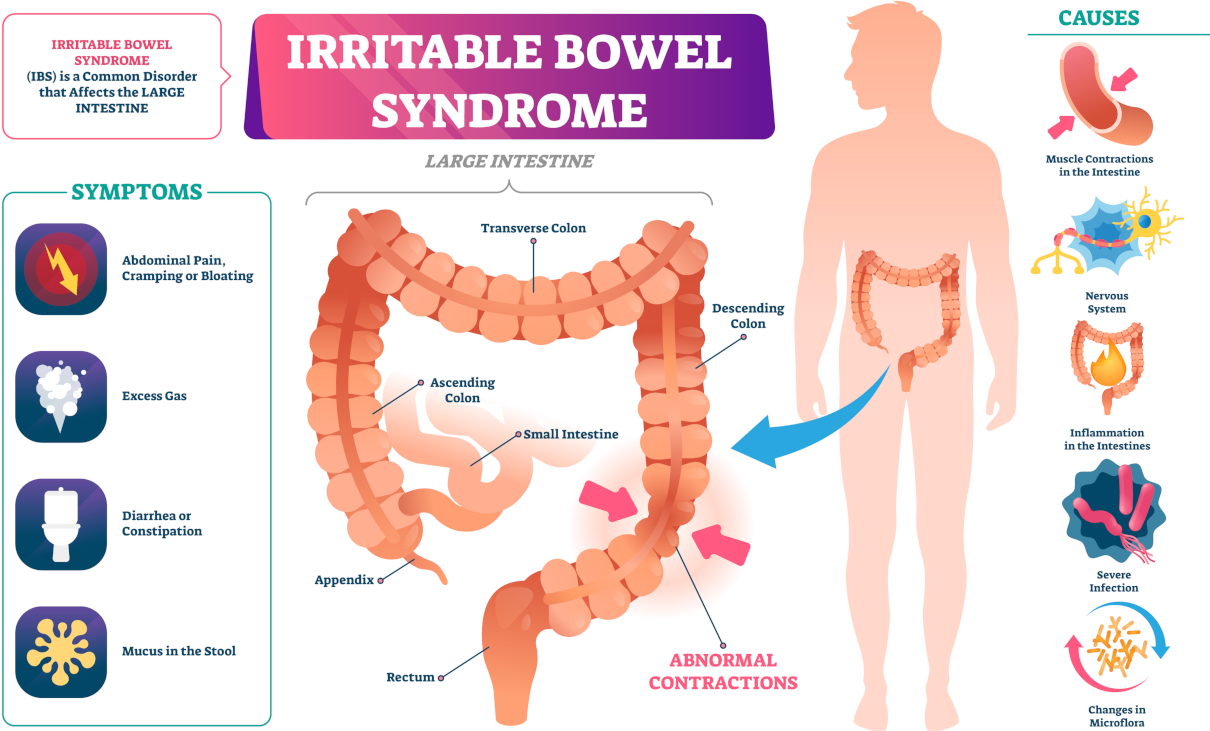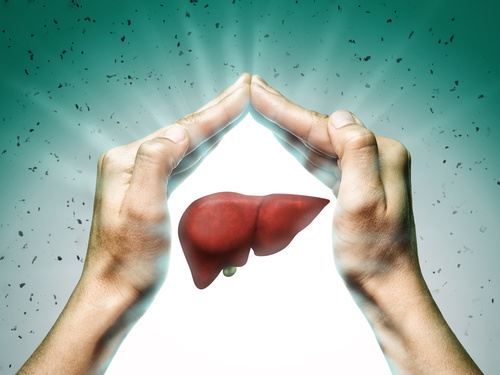
This article discusses tubage, its indications and contraindications, and methods for performing blind probing.
What is Tubage?
Blind probing or tubage is a procedure aimed at cleansing the liver and gallbladder, the body’s primary filters. This activity prevents bile stagnation and cleanses the liver and gallbladder. Tubage consists of two components: heating and the use of cleansing agents.
Why is Blind Probing Performed?
Having explained what tubage is, let us explore its benefits. Tubage is used to normalize blood circulation and bile flow in the vessels. The procedure also helps to:
- Eliminate excess bile and prevent stagnation;
- Cleanse the liver’s bile ducts;
- Remove toxins from the body;
- Gently cleanse the liver and gallbladder.
Indications for Blind Probing
Tubage is suitable for both adults and children. However, before performing tubage, it is essential to consult a gastroenterologist and undergo an abdominal ultrasound. Tubage stimulates the gallbladder’s function and ensures its efficacious emptying. Thus, the procedure is helpful for conditions associated with bile stagnation in the body. Cleansing uses sorbitol, magnesium sulfate, rosehip, and other effective agents.

One colonic irrigation session including consultation
Colon irrigation and comprehensive consultation with a professional colon hydrotherapist registered with RICTAT and ARCH at the Parkland Clinic in Holborn. We use a closed system only—London’s best colonic hydrotherapy deal.
Tubage of the gallbladder, liver, and intestines is suitable for:
- Nausea after eating;
- Frequent constipation;
- “Blind” tubage for bitterness in the mouth;
- Preventive measures, such as acne-related tubage;
- Giardiasis;
- Fatty liver disease;
- High cholesterol levels;
- Pancreatitis;
- Bile stagnation;
- Liver inflammation;
- Chronic cholecystitis;
- Dyskinesia (impaired bile duct motility);
- Duodenitis (inflammation of the duodenum lining);
- Hypokinesia (reduced gallbladder activity);
- After gallbladder removal.
Tubage should be performed at least once a week for at least two to three months. We generally recommend 6–7 sessions every two days for Adults, while children may need up to 10 sessions once a week. The doctor determines the exact number.
Preparation for Tubage
Although the procedure is relatively simple, it is not recommended to perform it at home without guidance. Incorrect execution can harm the body. Before starting, you should:
- Consult a doctor to rule out contraindications.
- Prepare your body 2–3 days before the procedure:
- Switch to a light diet, focusing on vegetable salads, fresh juices, and fermented dairy products;
- Avoid spicy, fatty, and salty foods, as well as alcohol, tea, and coffee;
- Drink plenty of fluids (at least 2 litres per day);
- Use natural bowel-cleansing methods, such as prunes, honey, or bran; if necessary, use an enema a few days before tubage.

Food intolerance test of 208 ingredients
This is our most comprehensive food and drink test. It analyses your client’s IgG antibody reactions to 208 food and drink ingredients. This test will highlight their food triggers and help you formulate an IgG-guided elimination diet together.
Methods for Performing Tubage
The procedure is best conducted in the morning immediately after waking up. Required items, such as ingredients, should be prepared in advance. Below are some standard methods:
With Sorbitol
- Mix 50 g of 20% sorbitol in 100 ml of warm boiled water.
- Drink it on an empty stomach (approximately 40°C).
- Lie on your right side with a hot water bottle on your liver area.
- After 10 minutes, turn to your left side and remain in this position for 1.5 hours.
- A successful procedure typically results in bowel movements to release stagnant bile. If no effect occurs, use a cleansing enema and take a warm bath.
Using Magnesium Sulfate
- Dissolve 15–20 g of magnesium sulfate in 200 ml of boiled water.
- Drink 100 ml in small sips on an empty stomach, lie on your right side, and apply a hot water bottle to your liver.
- After 15 minutes, drink the remaining solution and lie down for another hour.
- Follow with a light meal and drink plenty of fluids.
With Sorbitol and Rosehip
- Soak 3 tbsp of crushed rosehip berries in 0.5 litres of boiling water in a thermos overnight.
- In the morning, strain the infusion, mix half with 3 tbsp of sorbitol, and drink it.
- After 15 minutes, drink the remaining rosehip infusion and remain active for 40 minutes.
According to Demyanov
- Perform light exercises (e.g., stretches or twists) before starting.
- Drink warm bile-stimulating herbal tea on an empty stomach.
- After 30 minutes, consume a “bile-stimulating breakfast” (e.g., honey water or warm juice).
- Lie on your left side with a hot water bottle on your liver for 2 hours.
Tubage by Zabolotny
- Step 1: Drink 100 ml of magnesium sulfate water and lie on your liver with a hot water bottle.
- Step 2: Drink ½ cup of vegetable oil after 6–8 hours and remain active.
- Step 3: Consume light meals like apple puree or boiled rice.
Tubage by Zalmanov
- Step 1: Drink warm magnesium sulfate water in the morning, lie down, and periodically drink warm mineral water.
- Step 2: After bowel movements, drink ½ cup of vegetable oil, followed by lemon juice.
- Step 3: Conclude the procedure with light meals like vegetable broth, oatmeal, or dairy products.
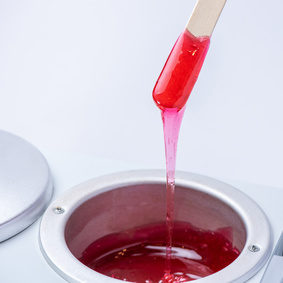
Full belly waxing
Waxing hair removal of the back and abdomen is carried out at the highest level of professionalism in our clinic in London. If you have unwanted hairs in these areas that bother you, then there is a rapid and effective solution to this problem: hot beeswax depilation.
Contraindications
Tubage is contraindicated for individuals with the following conditions:
- Active infections;
- Gallstones;
- Acute liver or gallbladder diseases;
- Pregnancy or breastfeeding;
- Diabetes;
- Physical or nervous exhaustion;
- Fever;
- Children under 18 years old (in most cases).
Consult a doctor before performing any tubage to avoid complications.




